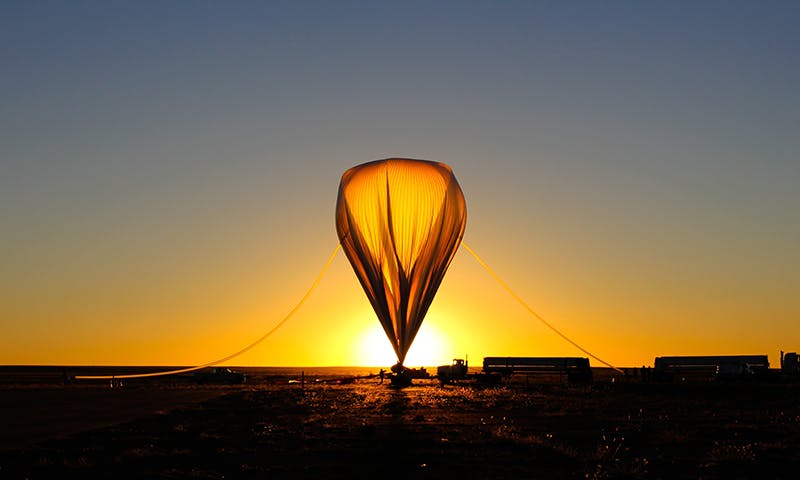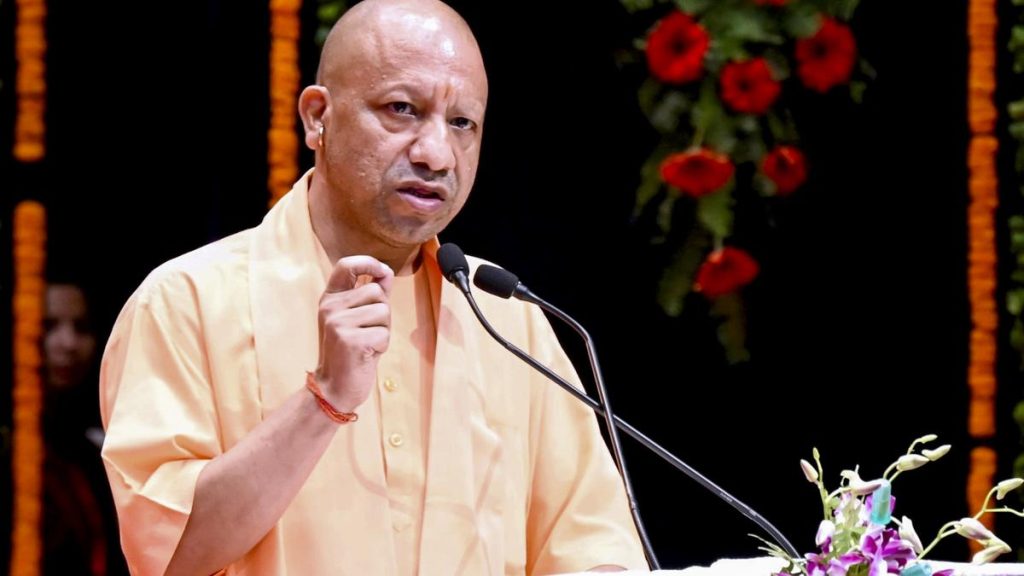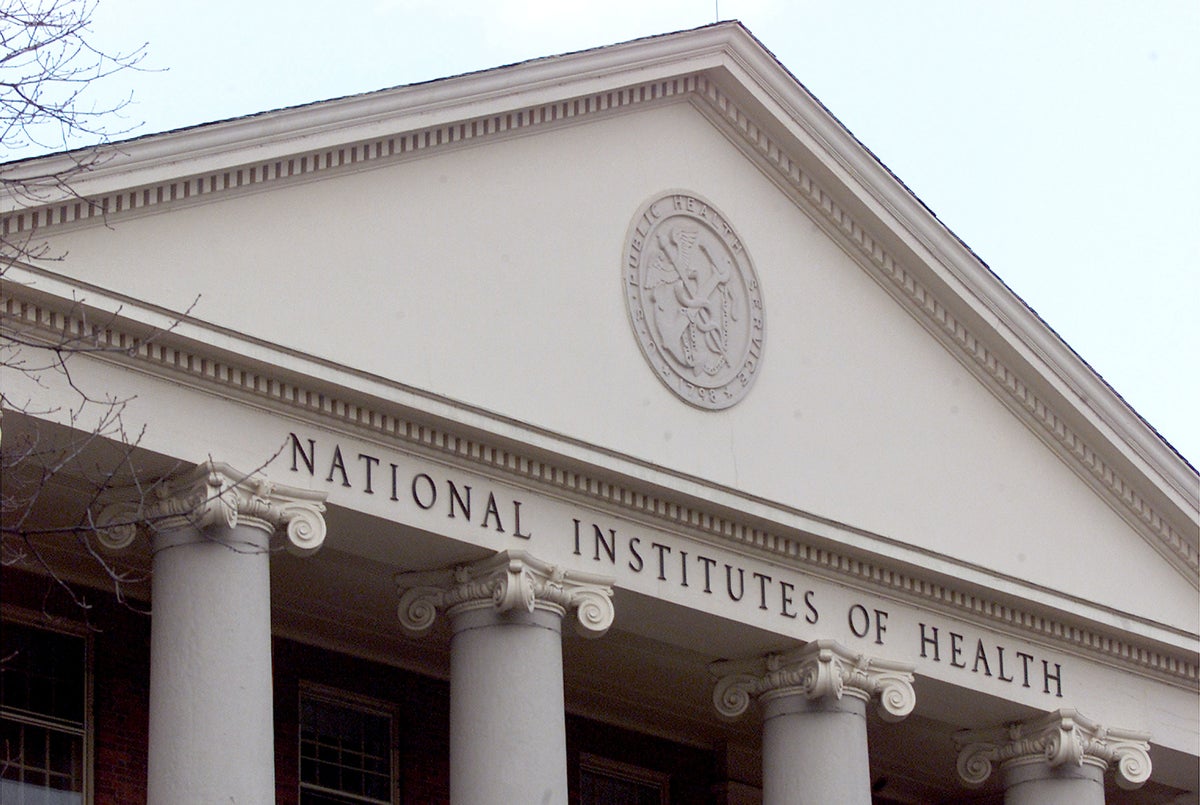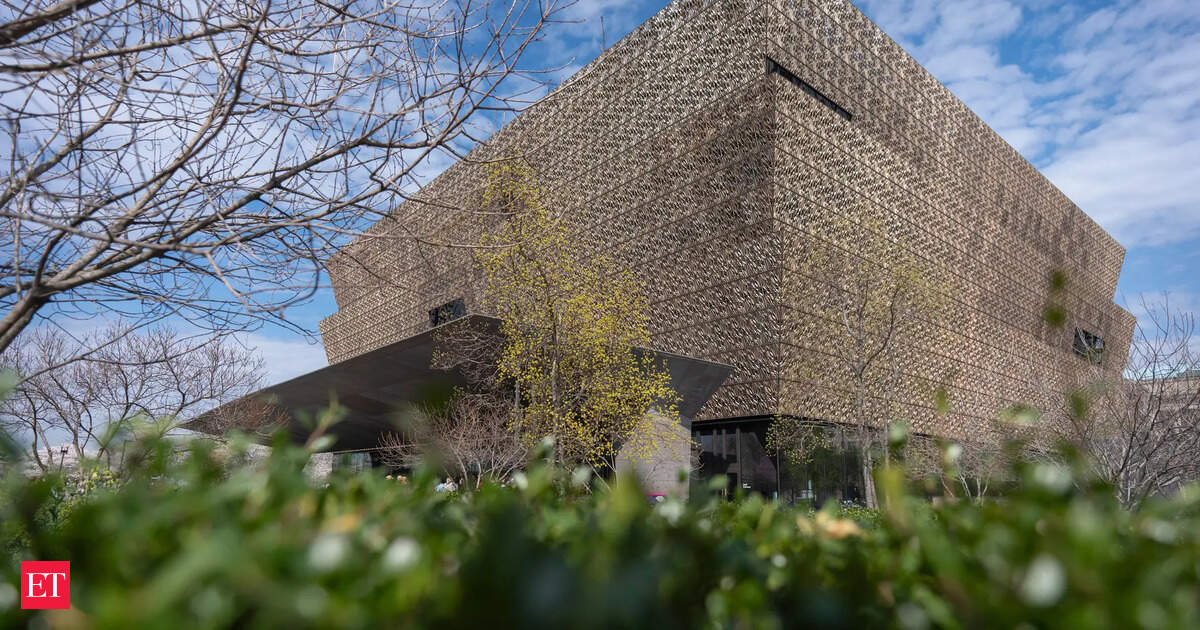Now Reading: Tracing the Fascinating History of Scientific Ballooning Through 11 Key Missions
-
01
Tracing the Fascinating History of Scientific Ballooning Through 11 Key Missions
Tracing the Fascinating History of Scientific Ballooning Through 11 Key Missions

Quick Summary
- NASA launched the GUSTO balloon in Antarctica,carrying a 5,000-pound telescope to study star formation.
- scientific ballooning has played a role in key discoveries sence the late 1700s:
– 1783: Montgolfier brothers flew animals and later humans in tethered balloons.
– 1804: Joseph Gay-Lussac collected atmospheric data at high altitudes using balloons.
– 1898: Léon Teisserenc de Bort identified the stratosphere using unmanned balloons.
– 1912: Victor F. Hess used ballooning to discover cosmic rays, later winning a Nobel Prize (1936).
– 1931-1960s: Innovations included pressurized cabins (auguste Piccard), plastic “skyhook” balloons for aeronautical exploration, and Stratoscopes for solar imaging.
– 1998 & beyond: The boomerang experiment mapped cosmic microwave background radiation; EXCITE missions now explore exoplanet atmospheres.
- Balloon-borne telescopes remain essential due to their cost-efficiency compared to satellites.
Image Note:
The article features an image of NASA’s Echo I satelloon (1960), a reflective communication satellite visible from Earth.
Indian Opinion Analysis
Scientific ballooning exemplifies how practical innovation can advance global research despite technological constraints.The enduring relevance of thes methods demonstrates their adaptability in modern space exploration. With India’s burgeoning aerospace and scientific ambitions-exemplified by ISRO’s missions-there is scope for India to leverage similar cost-effective solutions for atmospheric and astronomical studies. This could complement India’s satellite ventures while encouraging low-cost, high-impact research collaborations with international entities like NASA or ESA. Balloon-borne experiments also provide excellent platforms for educational initiatives tied to space science within India’s growing scientific workforce.
























